
Tree care: Using mycorrhizae when transplanting trees
Mycorrhizal fungi, a form of association between fungi and plants, are used when planting trees, which ensures optimisation.
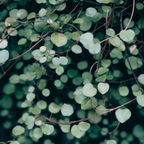

Mycorrhizal fungi, a form of association between fungi and plants, are used when planting trees, which ensures optimisation. The fungi are also used when transplanting trees. Which fungi are suitable for this and are widely used worldwide?
Ownership
In the second edition of this trade journal, Pius Floris, currently working at Plant Health Cure in Oisterwijk, said that mycorrhizae should be used when planting every tree. And when transplanting, the necessity of using these fungi is even greater,' he says when asked. 'But unfortunately this necessity is not seen everywhere. You can't talk about the health and care of trees without talking about mycorrhizae. Every arborist and gardener should understand the importance of these root fungi, but unfortunately they often only look above ground and not below. They often do not feel responsible for trees during or after planting or transplanting. Under the motto: 'I'll stick to the specifications', they feel no ownership, with all the associated costs.
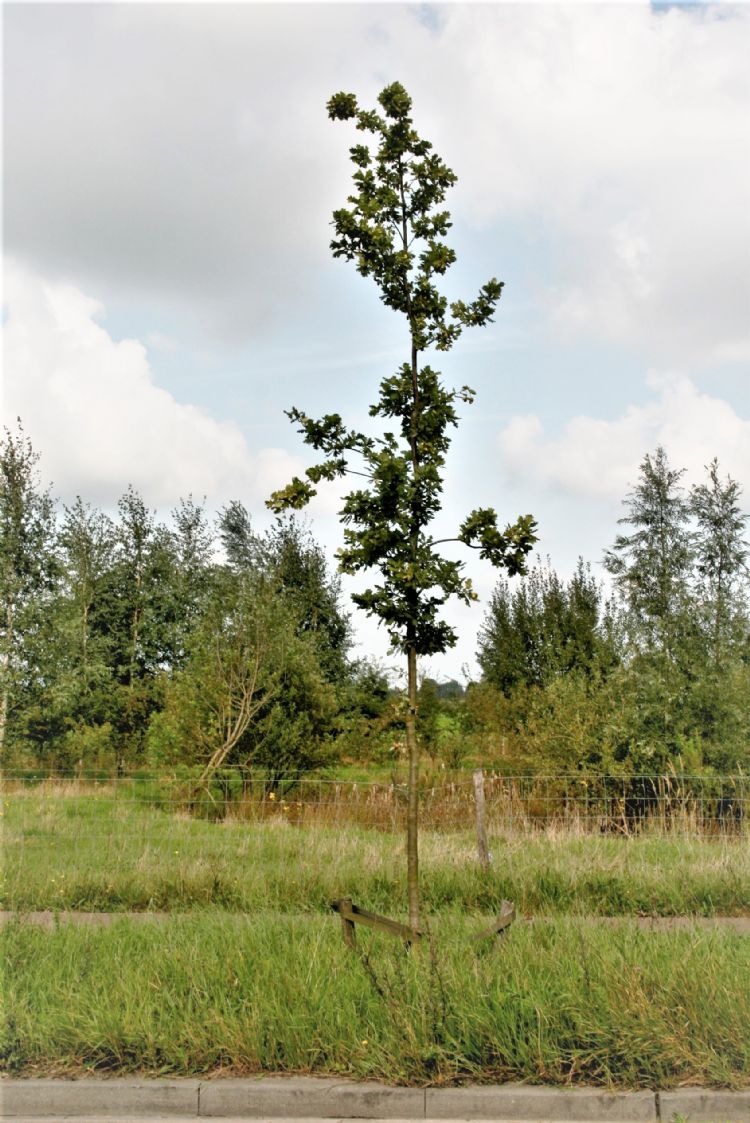
Planted oak after one year without mycorrhiza
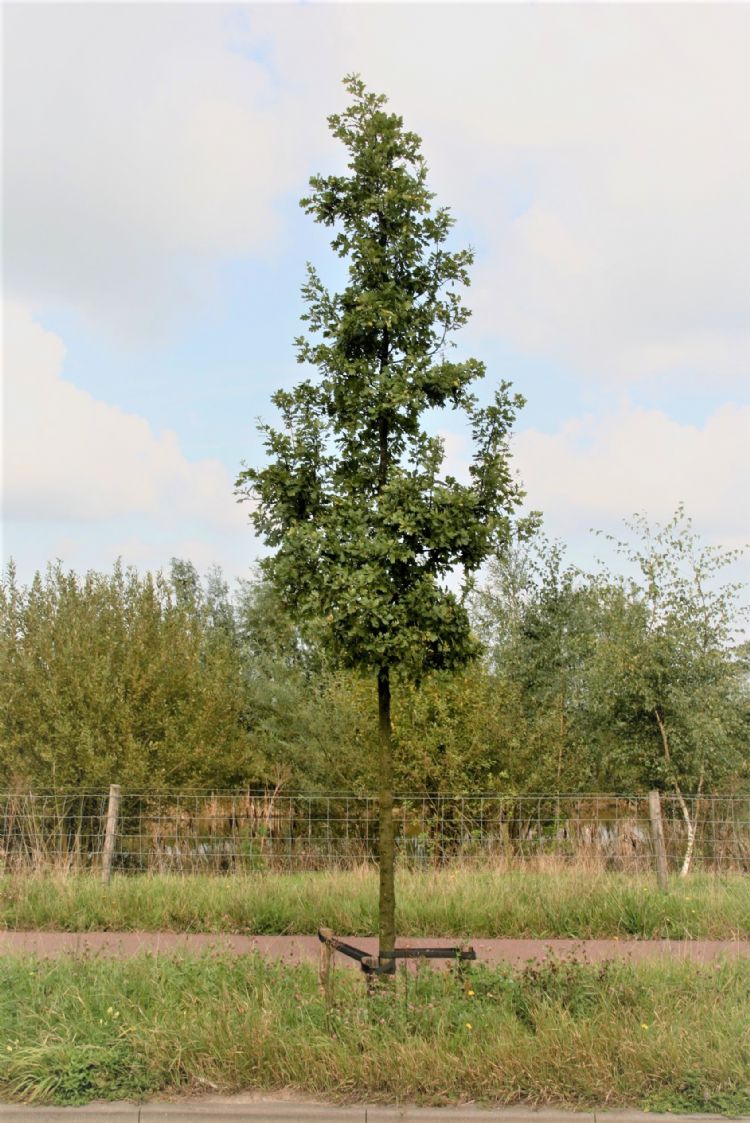
Planted oak after one year with mycorrhiza
Beech hedges
Which mycorrhizas are suitable to use according to Floris? 'The ectomycorrhiza that will grow first on almost all conifers, oaks, beeches and other ectomycorrhiza species is Telephora terrestris,' he says. It's very common all over the world. The disadvantage of this form of ectomycorrhiza is that it thrives in disturbed soils and on nurseries, but has virtually no added value. That is why we recommend using the spores of the paint puddle fungus when planting. This mycorrhiza species contributes much to a better deposit and good road growth. The paint puddle fungus only lives on the roots for a maximum of half a year. After that, it is supplanted by the mycorrhiza fungi that predominate in the neighbourhood or region. But after those six months, the trees and beech hedges will be well established. Ectomycorrhizas are not faithful allies of trees. Sometimes there are many, sometimes few, or they are pushed out by other species. That is also the reason why in some years there are many mushrooms under trees and in other years there are none or other species.
Beech hedges
Which mycorrhizas are suitable to use according to Floris? 'The ectomycorrhiza that will grow first on almost all conifers, oaks, beeches and other ectomycorrhiza species is Telephora terrestris,' he says. It's very common all over the world. The disadvantage of this form of ectomycorrhiza is that it thrives in disturbed soils and on nurseries, but has virtually no added value. That is why we recommend using the spores of the paint puddle fungus when planting. This mycorrhiza species contributes much to a better deposit and good road growth. The paint puddle fungus only lives on the roots for a maximum of half a year. After that, it is supplanted by the mycorrhiza fungi that predominate in the neighbourhood or region. But after those six months, the trees and beech hedges will be well established. Ectomycorrhizas are not faithful allies of trees. Sometimes there are many, sometimes few, or they are pushed out by other species. That is also the reason why in some years there are many mushrooms under trees and in other years there are none or other species.
'Only one new root needs to come into contact with Treestart and the mycorrhiza is distributed en masse via the fungal threads'.
Tea bags
Treestart is a product that already contains the dyeing fungus', Floris continues. These are a kind of tea bags that you throw into the bottom of the planting hole, a kind of goodie bag for the roots. Only one new root has to come into contact with Treestart and the mycorrhiza is immediately distributed en masse via the fungal threads. It is a very user-friendly product. In large planting projects from China to Central Africa, Treestart is used in the planting of one- or two-year old seedlings.
Another product is 'Treesaver Transplant', Floris continues. This has been a successful product for serious gardeners and tree workers for over twenty years. You mix one sachet with sixty litres of the soil used to fill in the planting hole. The results are there. Mycordip is another product that is well known to gardeners. It is very suitable for planting root crops, such as young trees and hedges. The product is universally applicable for trees and plant material due to the combination of endo- and ectomycorrhiza. Mycorrhizal fungi colonise the roots under various conditions, significantly increasing the absorption capacity and improving the deposit. Moreover, trees and shrubs with mycorrhiza are incredibly drought resistant.'
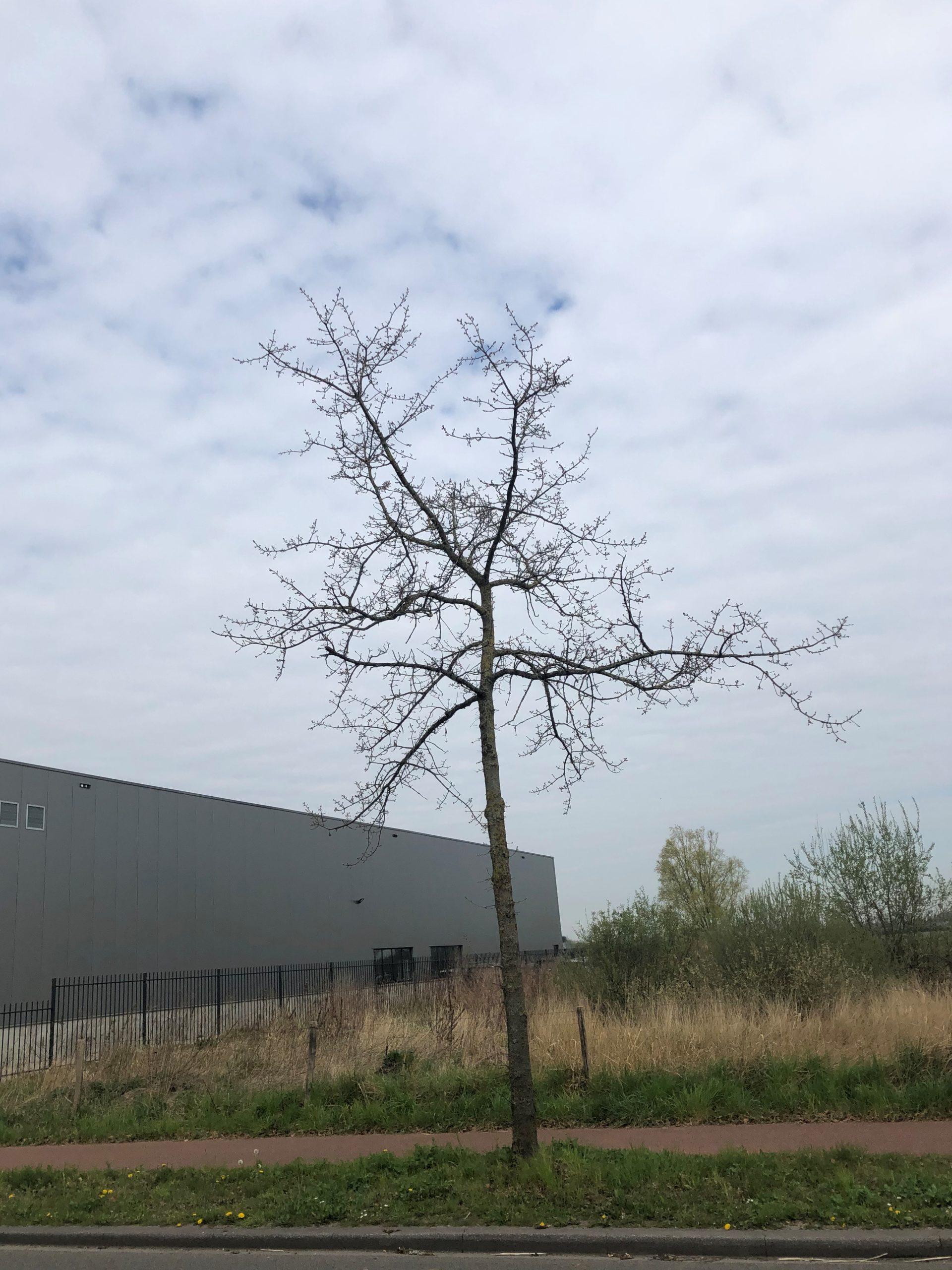
Planted oak after 10 years without mycorrhiza (April 2020)
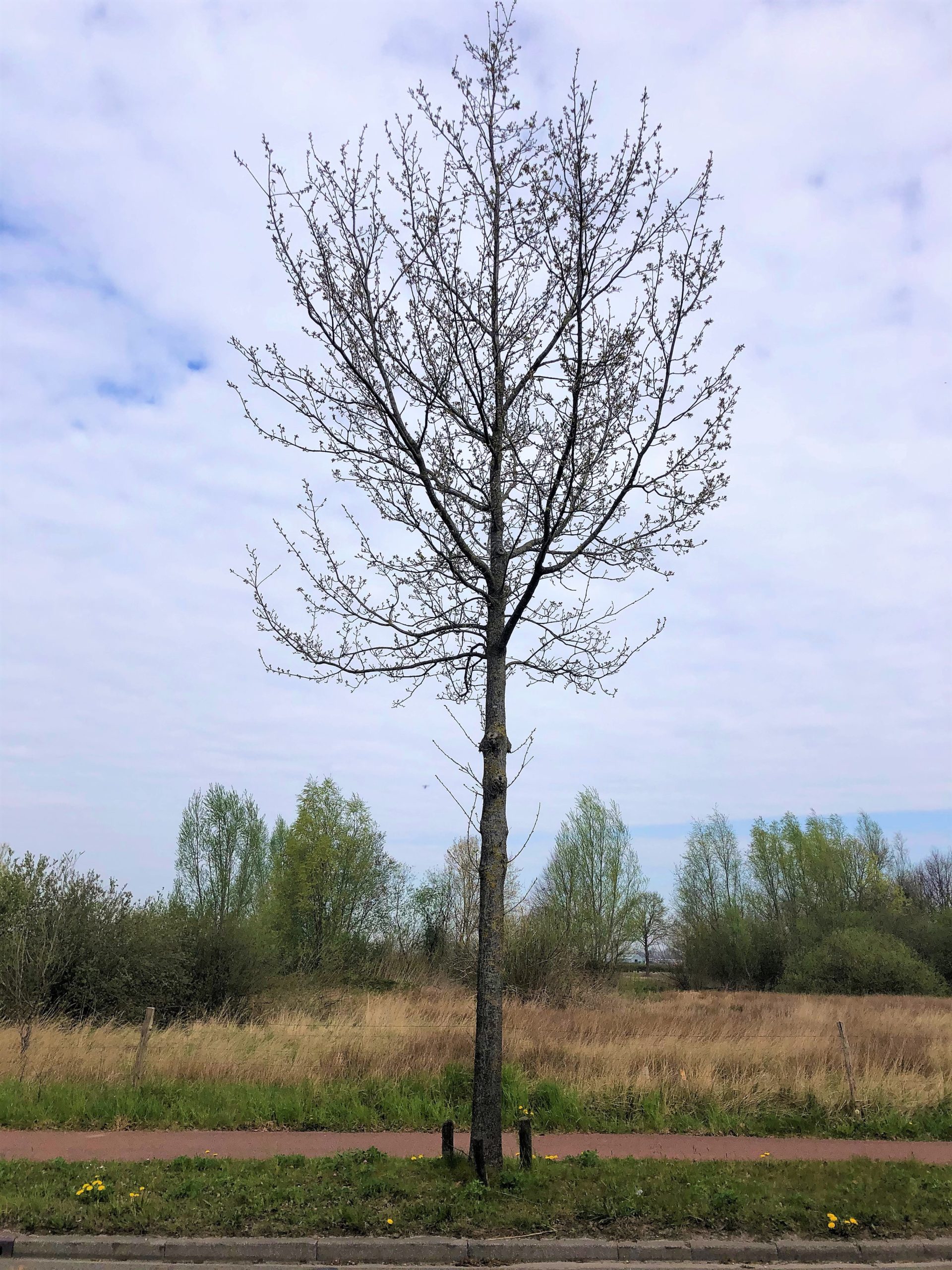
Planted oak after 10 years with mycorrhiza (April 2020)
Rapid root growth
Bare rooted plants are much more sensitive to transplanting. Mycordip Universal forms a natural microfilm with bacteria and fungi. 'At the same time, this product ensures a rapid attack and new root formation,' adds Floris. 'Humic acids and seaweed extracts stimulate rapid root growth. The combination of mycorrhiza and rhizobacteria restores the essential biology in planting holes that has been disturbed by soil tillage. Studies show that growth differences are significant in the long run. This is due to the greater uptake range, nutrient density and access to capillary water.'
If you look at the differences between trees where mycorrhizae have been used and where they have not, you can see clear differences', says Floris.
Mycordip Universal forms a natural microfilm with bacteria and fungi
Drought
'I often hear persistent rumours', says Floris. For example, that the use of mycorrhiza at planting or transplanting is pointless because mycorrhizas are selective. Is this really true? Then explain to me how it is possible that there are more than 3000 species of ectomycorrhiza that grow with literally twelve species of trees. And how can it be that less than 100 species of endomycorrhiza are selective on more than 460,000 plant species? I am willing to enter into the discussion, but such discussions are often held to avoid having to change. All I need to know for my work is about roots and soil. There is no organism on earth that can do anything on its own. This also applies to plants. Mycorrhiza in or on roots is just as normal as chlorophyll in leaves. But as long as that is not properly understood, we will continue to have to deal with high and costly inroads and keep blaming the increasing drought.
'When a tree is on long tree poles, root growth lags dramatically'.
Pruning tight
Finally, Pius gives the following advice: never plant trees with long tree poles. If a tree is planted on long poles, root growth is dramatically reduced; that's a proven fact. As a result, there is less absorption capacity and the tree has to be watered more often. Because the tree is held back, it spends no energy on root and trunk development. The growth energy is then used for crown growth. If the long poles are taken away after five years, the tree will soon be bent. The same applies to trees: function makes tissue. Trees have to be trimmed tightly between two or three short tree poles, which have to be removed consistently after two years. There are so many opinions about tree poles. And no, trees are not more susceptible to vandalism as a result. On the contrary!
- Nederlands
- English
- Deutsch
- Francais